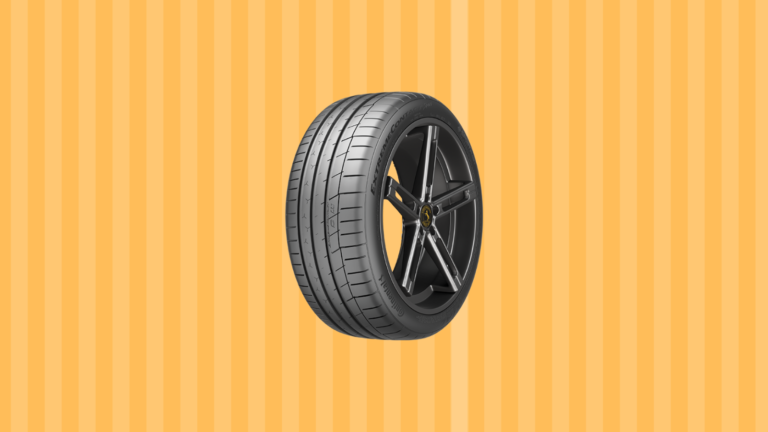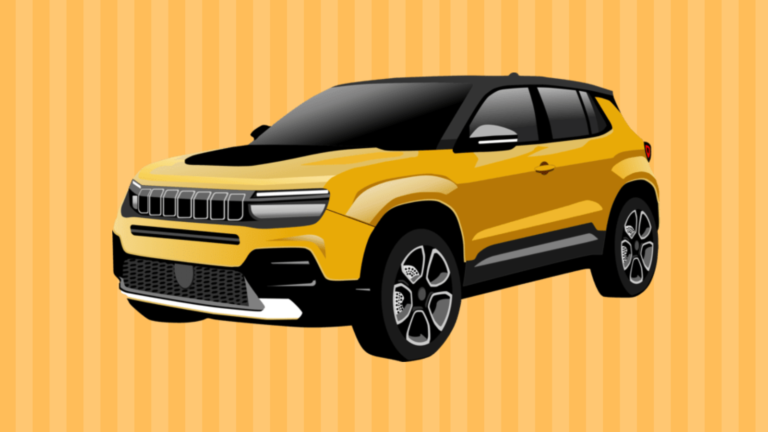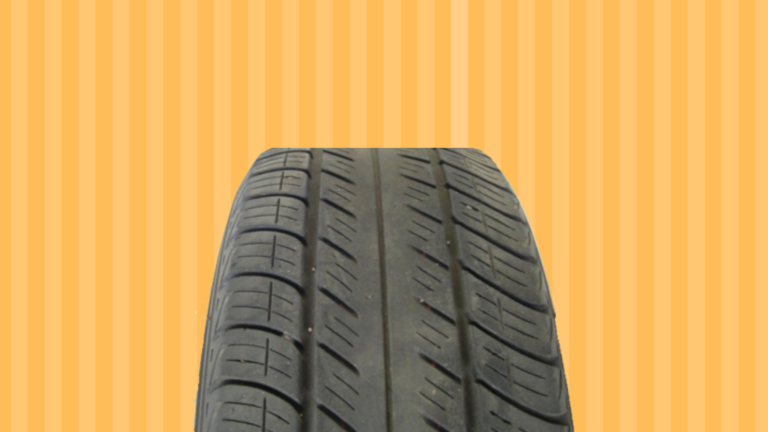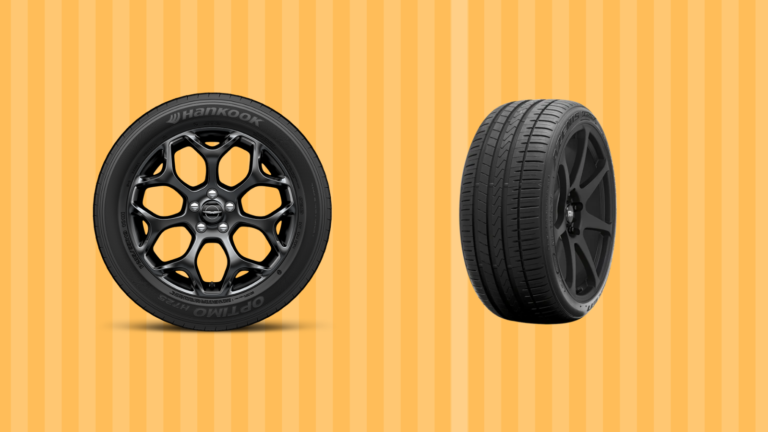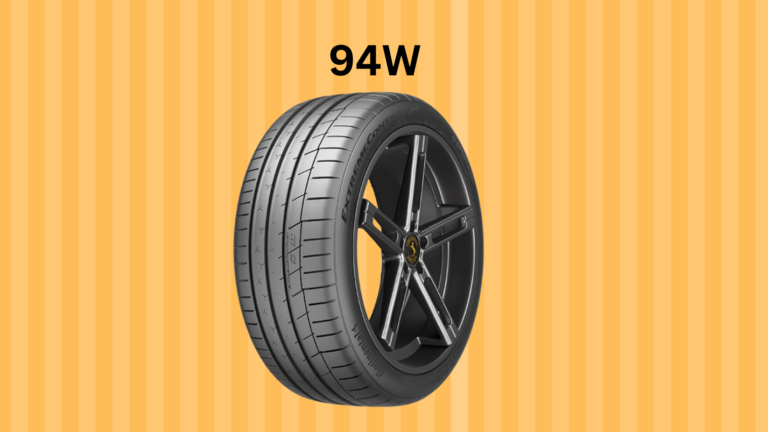Is It Safe to Drive on 10 PSI? Here’s What You Need to Know
Driving with 10 PSI can cause serious problems for your vehicle and safety. Tires work within a certain pressure range to support your vehicle’s weight.
If the pressure drops too low, your tires will become ineffective in ensuring safety, leading to an increase in the chance of dangerous situations or loss of control.
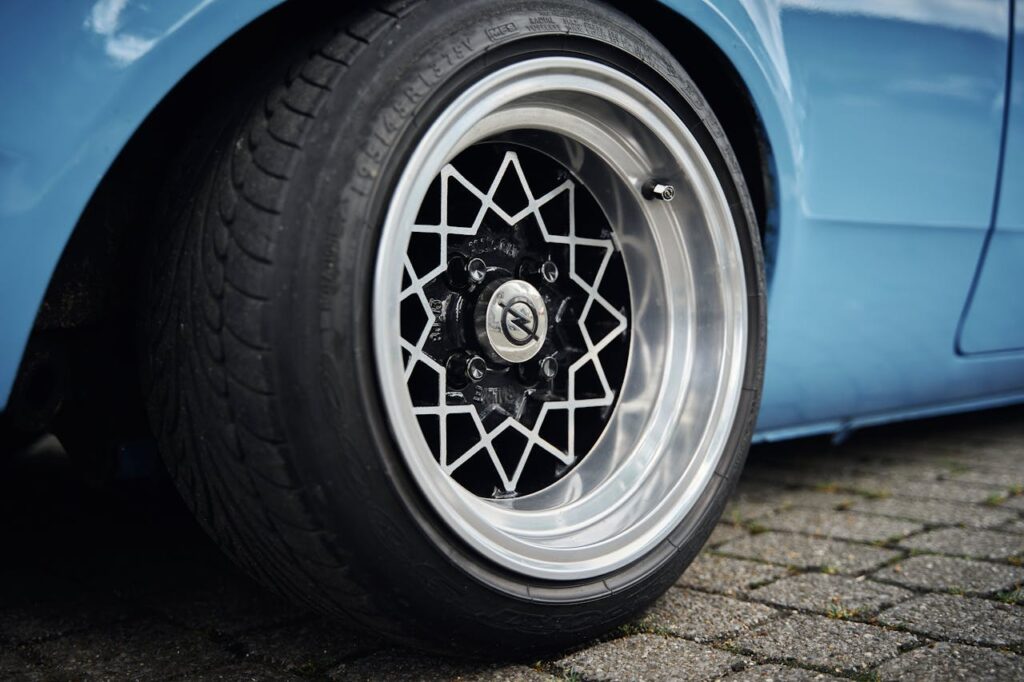
Driving on 10 PSI is not a safe way. It leads to severe damage to tires, affects how your vehicle handles and makes you face a sudden tire failure.
Why Should You Avoid Driving on 10 PSI?
Driving Control Becomes Unstable
At 10 PSI, the vehicle becomes difficult to handle. The tires will not be able to maintain a firm contact with the road and make the steering control feel loose and unresponsive. It becomes hard to steer sharply, brake efficiently or take curves safely.
Drivers may notice that the vehicle drifts or wobbles, making it difficult to drive straight. The instability can be especially dangerous when making sudden movements or driving in wet or slippery conditions.
Tires Wear Unevenly and Faster
With such low pressure, the weight of your vehicle shifts to the sidewalls rather than the tread. Your tires are designed to carry the load on the flat surface, not the sides. When most of the weight sits on the sidewalls, the rubber stretches in ways it shouldn’t, leading to uneven wear.
You’ll start seeing bald spots, cracks, and even bubbling on the sides. This type of damage weakens your tires, reducing their lifespan significantly. Driving on worn tires further increases the risk of a blowout, making it vital to avoid such low pressure.
Fuel Efficiency Drops Significantly
Low tire pressure like 10 PSI forces your engine to use more energy to move the vehicle. Fuel consumption rises with low pressure because your engine works harder to move your vehicle.
Suspension and Alignment Suffer
Tires with 10 PSI will not absorb impacts from bumps and road imperfections causing vibrations to transfer directly to your suspension system, leading to accelerated wear. Parts like shocks, struts and springs take more strain, reducing their efficiency and lifespan.
Over the course of time, the vehicle’s alignment can shift, causing the vehicle to pull to one side. Drivers might feel the steering wheel constantly trying to deviate left or right, making it uncomfortable and tiring to drive.
High Risk of Blowouts
At low pressure the sidewalls bear most of the vehicle’s weight that causes the rubber to weaken and eventually burst at higher speeds. A blowout is sudden and can cause you to lose control, leading to accidents.
On highways, this is especially deadly. Even driving short distances, the risk remains quite high putting your safety at risk. Keeping your tire pressure within the recommended range greatly reduces the chances of such catastrophic failure.
What to Do if a Tire is at 10 PSI?
1. Avoid Driving
Driving even a short distance can ruin the tire and may cause a blowout as the tire is nearly flat. Your car becomes hard to control, making it unsafe to drive.
2. Inspect for Leaks or Damage
The main causes of low pressure are punctures, slow leaks, or faulty valves. Look for nails, sharp objects, or cracks on your tire. If you find an object stuck in the tire, leave it in place until you can repair it. Check the valve stem for any loose or damaged parts as well.
3. Inflate the Tire Right Away
If the tire is found with low PSI, use an inflator or air compressor to restore the pressure to the recommended level. It is advisable not to drive even a short distance to a gas station.
FAQ
Is it safe to drive on a tire with 10 PSI?
No, driving on a tire with 10 PSI is highly unsafe. It can lead to poor handling, increased tire wear, and a higher risk of tire failure, especially at high speeds.
What can happen if you drive with only 10 PSI in your tires?
Driving with only 10 PSI can cause the tire to overheat, leading to blowouts, damage to your vehicle’s suspension, and loss of control, increasing the likelihood of an accident.
How long can you drive on a tire with 10 PSI?
You should avoid driving on a tire with 10 PSI. If absolutely necessary, drive only a short distance at low speeds to reach a service center. Prolonged driving can permanently damage the tire.
What should you do if your tire pressure drops to 10 PSI?
If your tire pressure drops to 10 PSI, stop driving immediately. Inflate the tire to the recommended pressure or call for roadside assistance to avoid potential hazards.

My name is Ari, and I’m the owner and copywriter at Tailored Niche and Nichesites.online. I specialize in creating high-quality, niche-focused content that helps businesses stand out online.
I deliver content that connects with your audience and gets real results.
